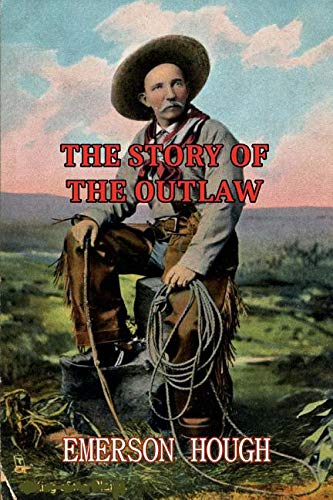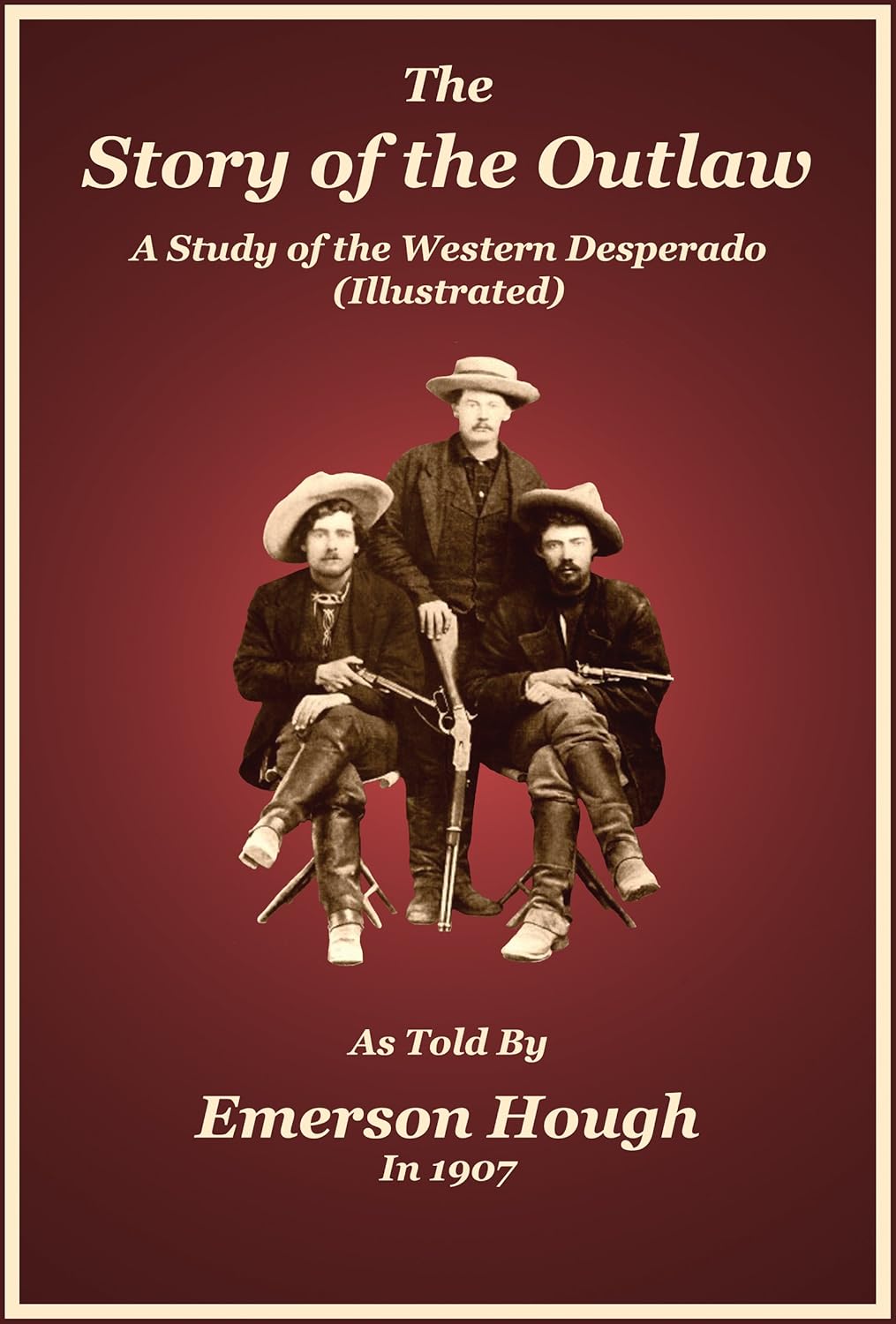
The Unwritten Constitution: America’s Legends, from Outlaw Grit to Frontier Myth
America, a nation forged in revolution and built on the relentless push of frontiers, holds a unique place in the global tapestry of legend. Unlike older civilizations with their ancient gods and epic poems, the United States, in its relative youth, spun its myths from the very fabric of its tumultuous expansion, its industrial might, and its defiant spirit. These are not merely bedtime stories; they are the unwritten constitution of American identity, reflecting its values, its fears, and its enduring fascination with the audacious individual. And perhaps nowhere is this fascination more vivid than in the tales of its outlaws, figures who, for better or worse, etched their names into the national psyche with a mix of daring, desperation, and a dash of romanticized rebellion.
We begin, as the American narrative often does, with the shadow of the law, or rather, its deliberate defiance. The outlaw, a figure often demonized by authority yet frequently celebrated by the common folk, serves as a powerful archetype in the American legendarium. They are the rogue elements, the anti-heroes who challenge the system, embody a rugged individualism, and often, through the lens of popular imagination, become reluctant folk heroes fighting against perceived injustices.
The Ballad of the Badmen: Jesse James and the Romantic Outlaw
No discussion of American outlaws is complete without Jesse James. Born in Missouri in 1847, Jesse Woodson James, along with his brother Frank, began his notorious career as a Confederate guerrilla during the Civil War. This initial baptism in violence, coupled with the brutal realities of Reconstruction, provided fertile ground for their subsequent life of crime. From bank robberies to train holdups, the James-Younger Gang terrorized the Midwest for over a decade.
What elevates Jesse James from mere criminal to enduring legend is the way his story was told and retold. Dime novels, those pulp fiction precursors, eagerly sensationalized his exploits, often portraying him as a modern-day Robin Hood, a wronged Southern patriot striking back against Northern oppression and corrupt institutions. "Jesse James was a lad that killed many a man," begins one of the most famous folk songs about him, "He robbed the rich, he gave to the poor, he’d a hand and a heart and a brain." While historical accounts dispute the "giving to the poor" part, the narrative stuck. He became a symbol of defiance against powerful banks and railroads, tapping into a deep-seated distrust of authority that persists in American culture. His death in 1882, shot in the back by a member of his own gang, Robert Ford, cemented his legend as a betrayed hero, adding a tragic final act to his epic.
Billy the Kid: The Young Gun of the Wild West
Hot on James’s heels, though operating in a different theater, was William H. Bonney, better known as Billy the Kid. Born Henry McCarty in New York City, he found his destiny—and his demise—in the arid, lawless landscapes of the American Southwest. A product of the chaotic Lincoln County War in New Mexico, Billy the Kid was a young man, barely out of his teens, when he became a notorious figure, credited with killing upwards of 21 men (though historians place the number closer to nine).
His legend is one of lightning-fast reflexes, a charismatic smile, and an uncanny ability to escape. Pat Garrett, the sheriff who ultimately tracked him down and killed him in 1881, became almost as famous as his quarry. Billy the Kid represents a different facet of the outlaw myth: the youthful rebel, the quick-draw artist who lives fast and dies young. He embodies the untamed spirit of the frontier, where justice was often swift, brutal, and personal. His story, like James’s, was amplified by the burgeoning popular press, transforming a petty criminal into an icon of the Wild West’s lawless era.
Butch Cassidy and the Sundance Kid: The End of an Era
As the 20th century dawned, the age of the lone outlaw began to wane, giving way to more organized gangs. None captured the imagination quite like the "Wild Bunch," led by Robert LeRoy Parker, or Butch Cassidy, and his loyal companion, Harry Alonzo Longabaugh, "the Sundance Kid." These men were not just robbers; they were strategic thinkers, meticulous planners who used hideouts like "Hole-in-the-Wall" in Wyoming and "Robbers Roost" in Utah to evade the relentless pursuit of Pinkerton detectives.
Their legend is less about the "Robin Hood" trope and more about the romantic notion of two charismatic partners against the world. They were figures of wit and daring, known for their politeness to victims (often taking only the company’s money, not personal belongings) and their innovative escape routes. Their flight to South America, attempting to escape the tightening grip of the law, added an exotic, almost tragicomic layer to their story. While their exact fate in Bolivia remains debated—shot down in a firefight or successfully escaping to live out their days in anonymity—their story, immortalized in film, became synonymous with the fading frontier, the last gasp of the free-roaming bandit before the modern age of law enforcement clamped down.

Beyond the Badmen: The Good Giants and the Makers of America
While outlaws capture a certain rebellious spirit, America’s legends are not solely populated by figures on the wrong side of the law. Equally, if not more, potent are the myths of the good giants, the larger-than-life figures who shaped the land, tamed the wilderness, and embodied the nation’s industrious spirit.
Paul Bunyan: The Lumberjack Colossus
Paul Bunyan, the colossal lumberjack with his giant blue ox, Babe, is perhaps the quintessential American folk hero of the industrial age. Born from the tall tales told around logging campfires in the late 19th century, Bunyan represents the superhuman effort required to conquer the vast North American forests. His exploits are epic: he cleared entire states with a single swing of his axe, created Puget Sound with a single scoop, and his footprints formed the Great Lakes. Babe, his equally immense ox, was said to have pulled the kinks out of logging roads, inadvertently creating rivers.
Bunyan’s legend speaks to the sheer scale of American ambition and the human capacity to reshape nature. He is a testament to the working man, a celebration of strength, ingenuity, and the collective effort that built the nation’s infrastructure and extracted its resources. He’s a myth that arose from a very real, very grueling industry, a way for loggers to cope with and glorify their arduous labor.
Johnny Appleseed: The Gentle Pioneer
In stark contrast to Bunyan’s booming might, we find the gentle, nurturing figure of Johnny Appleseed. John Chapman, a real historical figure born in 1774, dedicated his life to planting apple orchards across the Midwest. A deeply religious and eccentric man, he walked barefoot, wore a tin pot for a hat, and preached the Gospel as he went, leaving behind a trail of apple trees that helped feed the westward expansion.
Johnny Appleseed is a legend of patience, foresight, and peaceful settlement. He represents the quieter, yet equally vital, act of cultivation and growth, transforming the wild frontier into a land of sustenance. His story reminds Americans that their heritage is not just about conquest, but also about care, about planting seeds for future generations, and about the enduring power of a simple, benevolent act.
Davy Crockett: King of the Wild Frontier
Then there is Davy Crockett, a man whose life blurred the lines between historical fact and legendary embellishment. Born in Tennessee in 1786, Crockett was a frontiersman, soldier, politician, and ultimately, a hero of the Alamo. His image, complete with coonskin cap, became synonymous with the rugged individualist, the backwoodsman who could outwit a bear and out-argue a congressman.
Crockett’s legend was meticulously crafted, even during his lifetime, through almanacs and stage plays that exaggerated his feats. He famously declared, "Be sure you’re right, then go ahead," a motto that encapsulated the American spirit of self-reliance and decisive action. His heroic stand and death at the Alamo transformed him into a martyr for freedom, a symbol of courage against overwhelming odds. Crockett embodies the pioneering spirit, the willingness to face danger, and the commitment to a cause, even unto death.
John Henry: The Steel-Driving Man
As the nation industrialized, new legends emerged from the cacophony of steam engines and steel. John Henry, the "steel-driving man," is one such towering figure. His legend, born in the post-Civil War era, tells of an African American railroad worker who raced against a steam-powered drill to prove the superiority of man over machine. With his mighty hammer, John Henry won the race, but died shortly after, his heart giving out from the exertion.
John Henry’s myth is a poignant commentary on the human cost of industrial progress. He represents the dignity of labor, the strength and resilience of the working class, and the tragic beauty of human effort in the face of unstoppable technological advancement. His story, sung in blues and folk ballads, is a powerful reminder of the unsung heroes who literally built America’s infrastructure with their sweat and blood.
The Enduring Tapestry of American Myth
From the defiant gaze of Jesse James to the gentle stride of Johnny Appleseed, from the booming laughter of Paul Bunyan to the tragic might of John Henry, America’s legends form a rich and complex tapestry. They are more than just stories; they are cultural touchstones, collective memories that help define who Americans are and what they aspire to be.
These legends serve multiple purposes. They offer moral lessons, celebrate virtues like courage, resilience, and ingenuity, and sometimes, even in the case of outlaws, provide an outlet for societal frustrations against authority. They are narratives of nation-building, of taming a vast continent, and of the constant struggle between individual freedom and societal order.
In a rapidly changing world, these legends continue to resonate. They are reinterpreted in books, films, and songs, adapting to new generations while retaining their core messages. They remind us that America, for all its modernity, remains deeply rooted in its past, a land where the spirit of the outlaw, the pioneer, and the working hero continues to shape its identity, whispering tales of defiance, determination, and the endless pursuit of an American dream, however wild or unconventional it may be. The legends are, in essence, the very soul of America, continually told and retold, a testament to a nation forever in the making.



